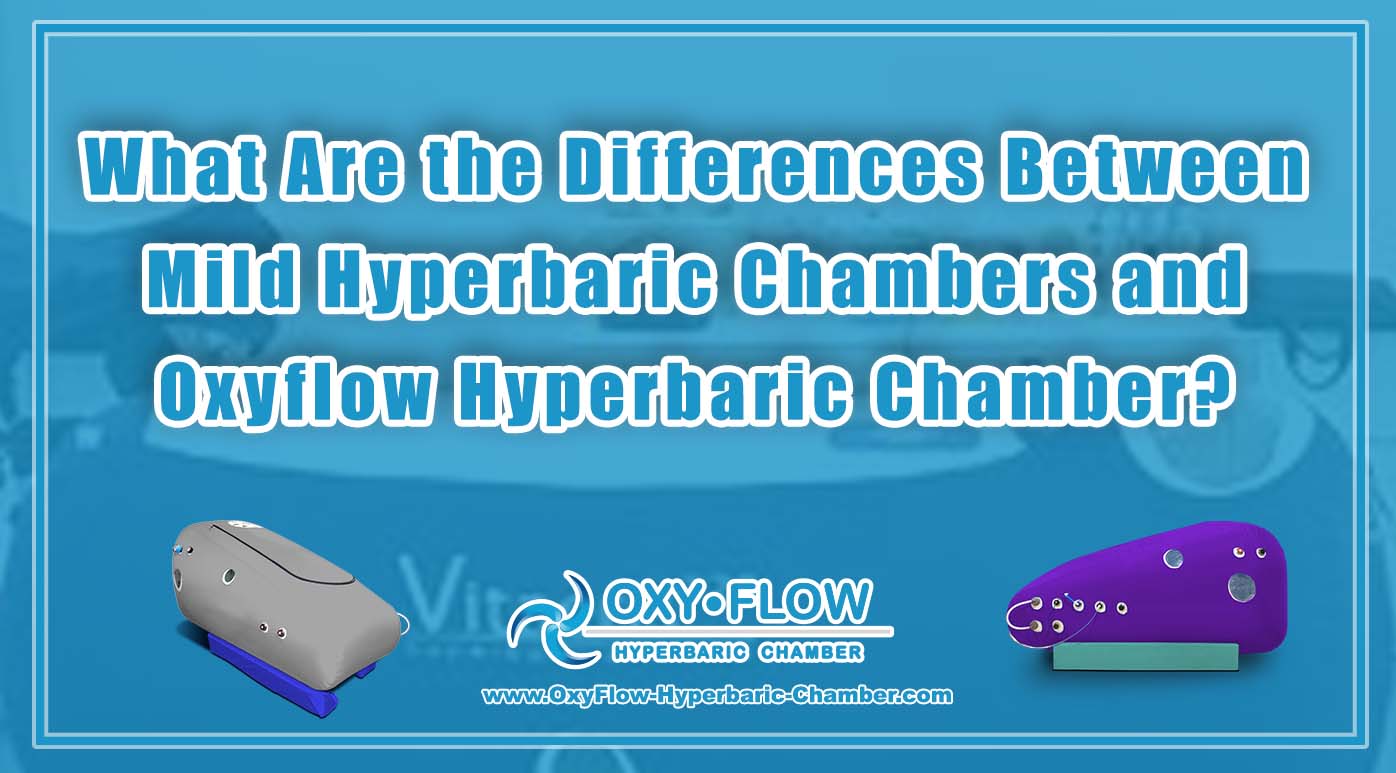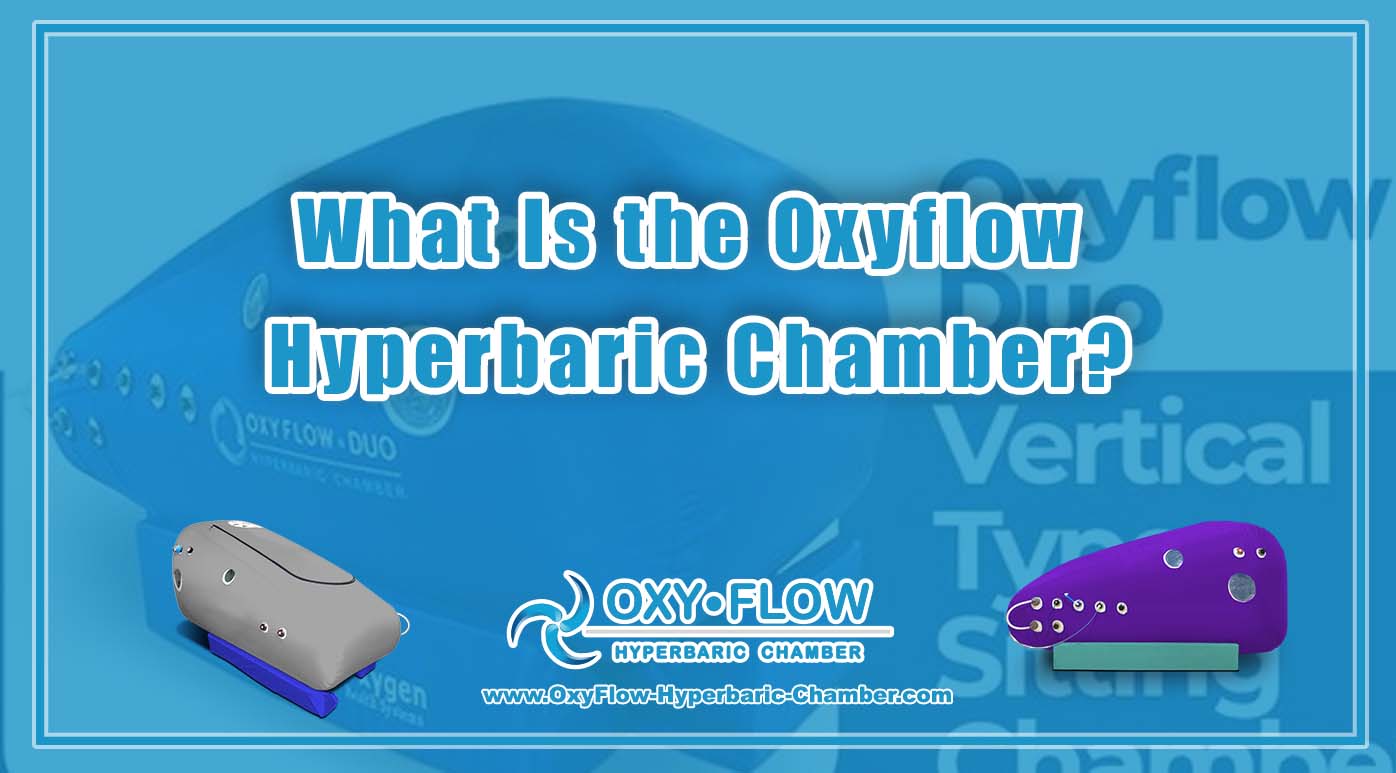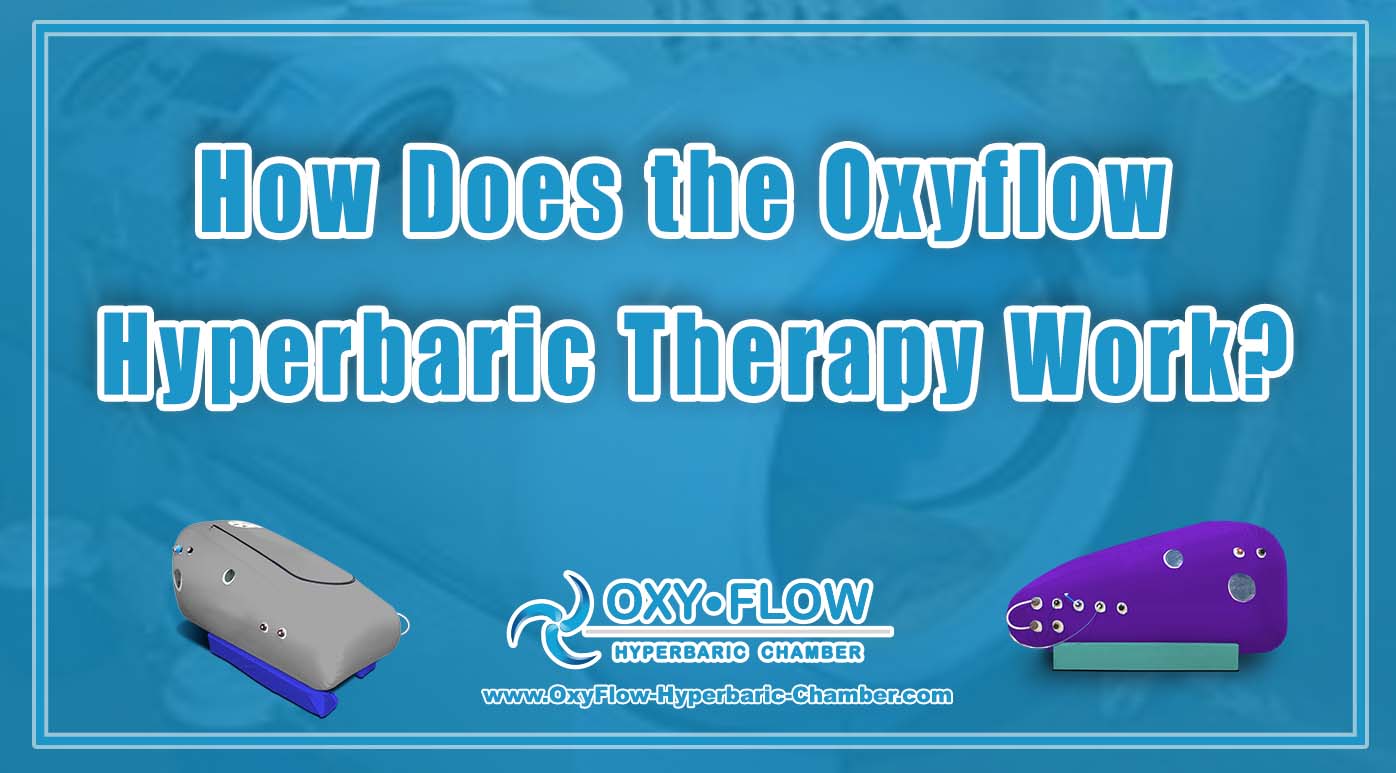
Differences Between Mild Hyperbaric Chambers and the Oxyflow Hyperbaric Chamber?
Differences Between Mild Hyperbaric Chambers and the Oxyflow Hyperbaric Chamber?

Introduction.
Hyperbaric oxygen therapy (HBOT) is a treatment that involves breathing pure oxygen in a pressurized chamber. Two common types of hyperbaric chambers are mild hyperbaric chambers and the Oxyflow Hyperbaric Chamber. While they share the same general principle of delivering oxygen at increased pressure, there are important differences between them. In this article, we will explore the distinctions between mild hyperbaric chambers and the Oxyflow Hyperbaric Chamber, focusing on what makes the Oxyflow Chamber unique.
Understanding Mild Hyperbaric Chambers.
Mild hyperbaric chambers, also known as soft or portable hyperbaric chambers, are designed to operate at lower pressures compared to traditional hard-sided hyperbaric chambers. These chambers are typically constructed using flexible materials and are less expensive than their hard-sided counterparts.
Key Characteristics of Mild Hyperbaric Chambers:
- Operate at pressures up to 1.3 atmospheres absolute (ATA)
- Constructed with flexible materials
- Commonly used for mild hyperbaric oxygen therapy
- Lower cost and accessibility
The Oxyflow Hyperbaric Chamber: What Sets It Apart.
The Oxyflow Hyperbaric is a specific type of hyperbaric chamber that offers unique features and advantages compared to mild hyperbaric chambers. Here are the key differences:
1. Higher Pressure Capability.
The Oxyflow Chamber is designed to operate at higher pressures, often reaching up to 1.5 to 1.75 ATA. This higher pressure allows for greater oxygen absorption and potential therapeutic benefits.
2. Rigid Construction.
Unlike mild chambers, the Oxyflow Chamber is constructed with a rigid frame, providing stability and durability during sessions. This design ensures a consistent pressure environment.
3. Enhanced Safety Features.
The Oxyflow Hyperbaric Chamber includes safety features such as pressure release valves and clear viewing windows for monitoring. These features contribute to a safe and controlled treatment environment.
4. Medical-Grade Components.
The Oxyflow Chamber uses medical-grade materials and components, ensuring quality and reliability in every session.
5. Customization Options.
Individuals can often customize the Oxyflow Chamber with additional accessories and features, tailoring the chamber to their specific needs and preferences.
Choosing Between Mild Hyperbaric Chambers and the Oxyflow Hyperbaric Chamber.
The choice between a mild hyperbaric chamber and an Oxyflow Hyperbaric depends on individual needs and treatment goals. Mild chambers may be more accessible and cost-effective, while the Oxyflow Chamber offers advanced features and higher pressure capabilities for those seeking more intensive hyperbaric therapy.
Conclusion.
Understanding the differences between mild hyperbaric chambers and the Oxyflow Hyperbaric is essential for individuals considering hyperbaric oxygen therapy. While both types of chambers provide benefits, the Oxyflow Chamber stands out with its higher pressure capability, rigid construction, enhanced safety features, medical-grade components, and customization options. Ultimately, the choice should align with an individual’s specific health requirements and treatment objectives.
Disclaimer.
This article is for informational purposes only and does not constitute medical advice. Consult with a healthcare provider or hyperbaric specialist to determine the most suitable hyperbaric chamber and treatment plan based on your individual health condition and needs.


